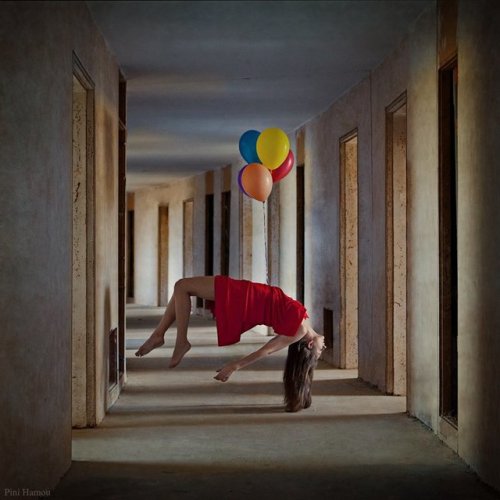Few stories take place during a short, unbroken chunk of time. Most stories take place in small chunks spread out over days, weeks, months, or years, which means there will be whole chunks of time not covered. So, how do you skip the time between those chunks?
Scenes and Chapters
With the exception of some very short fiction, most stories are broken into scenes, each of which encapsulates a particular moment or event. In longer fiction, like novellas and novels, related scenes can be grouped together into chapters, though sometimes a chapter contains only one scene. Either way, because scenes and chapters focus on particular moments or events, or a related group of moments or events, starting a new scene or chapter is a natural way to represent the passage of time in your story. In fact, unless otherwise stated, readers will naturally assume that time has passed between scenes and chapters–which doesn’t mean you don’t still have to make the transition between them.
The key to skipping time between scenes or chapters is to make the transition by doing two things:
1) Set up the time skip at the end of the scene or chapter by hinting at what is to come. For example:
As I gazed out the window at January’s first falling snow, I couldn’t help but wonder what the new year would bring.
2) Clarify time, place and (if necessary) POV at the beginning of the new scene or chapter, playing off of the set up from the previous scene or chapter.
The first week of January was over in a blink, and then I found myself back at school, dealing with all the problems I’d left behind during Christmas Break.
Notice how the set up at the end of the previous scene/chapter flows seamlessly into the scene transition at the beginning of the new scene/chapter?
Because the passage of time is expected between scenes and chapters, it’s not always necessary to be direct about how much time has passed. Especially if the amount of time passing is unimportant or already implied.
Direct:
Melinda finally dragged herself out of bed, painfully aware that her entire career hinged on her ability to pull this meeting off without a hitch. She hated the uncertainty of what lay ahead, hating even more the only thing she did know for certain: it was going to be one hell of a shitty day.
# # #
Two hours later, Melinda stood in front of the board, coffee in hand, trying to exude confidence she in no way truly felt. The tired, stoic faces of eleven other men and women gazed back at her, plainly ready for whatever it was she was about to unleash upon them. She only wished she felt as ready as they appeared to be.
Less Direct:
Melinda finally dragged herself out of bed, painfully aware that her entire career hinged on her ability to pull this meeting off without a hitch. She hated the uncertainty of what lay ahead, hating even more the only thing she did know for certain: it was going to be one hell of a shitty day.
# # #
All eleven faces of the other board members gazed back at Melinda, stoic and tired as she stood before them, coffee in hand, trying to exude a confidence she in now way truly felt. It was clear they were prepared for whatever she was about to unleash upon them, and she could only wish she was equally prepared.
In the second example, even though you don’t specifically say “two hours later,” it’s clear right away from the context that the time and place have changed. No one is going to read “all eleven faces of the other board members” and assume that they’re waiting for her in her bathroom as she goes in to brush her teeth the next morning. As often as possible, try to reserve the “two hours later” and “when she got back to the office” transitions for when the context would otherwise be unclear, or when those specific details (how much time has passed, a specific location) is immediately important.
And, if no time is passing between two scenes or two chapters, you can make that clear via context. For example, if one scene ends with Melinda falling asleep and then being woken up by a loud knock at her door, the next scene could continue with something like “Heart pounding from the shock, Melinda jumped out of bed to see who was at her door.” Now it’s clear no time passed in the next scene. But, since a new situation is beginning, it still warrants being its own scene.
Expository Time Skip
Sometimes you need to show a quick glimpse of something that happened but which doesn’t really warrant its own scene or chapter. In this case, you may need to illustrate the time skip using exposition within the scene. It may look something like this:
The first week of January was over in a blink, and then I found myself back at school, dealing with all the problems I’d left behind during Christmas Break. Not the least of which was the newly formed rift between me and Kristina, who was glaring at me from across the hallway as I spun the combination on my locker that first day back. I’d done my best to ignore her, shoveling my million textbooks out of my book bag, doing a quick check of my hair–which somehow managed to be both wet and frizzy with static–before grabbing my biology books and hurrying off under Kristina’s cold glare.
Later that day, at lunch, Michelina and I decided to eat lunch outside, even though it was thirty degrees and still snowing. Despite the wintry chill, it was warmer than the cafeteria with Kristina’s angry gaze constantly searching us out.
Terms such as: later that day, two hours later, the next afternoon, the following day, by the time the bell rang, when it was time to close, etc., allow you to show that time has passed without transitioning to a new scene or chapter. This allows you to cover smaller moments/events that don’t warrant their own space.
Whether you use a scene transition between two scenes or two chapters to show the passing of time, or whether you clarify the time skip through exposition, just pay attention to where you leave your readers before the transition/clarification, and where you take them. Make sure it’s clear, flows well, and wouldn’t leave anyone confused. Do that and you should be in good shape. :)


